Blog

Blog

Blog

The Ultimate Guide to Choosing Sustainable Upholstery Supplies for Eco Friendly Furniture
In recent years, the demand for sustainable furniture has surged, driven by increasing consumer awareness about environmental issues and the impact of manufacturing practices. According to a report by Research and Markets, the global sustainable furniture market is expected to reach $80 billion by 2025, highlighting a growing trend towards eco-friendly designs and materials. A critical component of this movement is the selection of upholstery supplies that not only enhance the aesthetic appeal of furniture but also minimize ecological footprints. By choosing sustainable upholstery materials such as organic cotton, recycled polyester, or even innovative biodegradable fabrics, manufacturers and consumers alike can contribute to a healthier planet. This ultimate guide aims to navigate the complexities of selecting environmentally responsible upholstery supplies, ensuring that your furniture choices align with both style and sustainability.
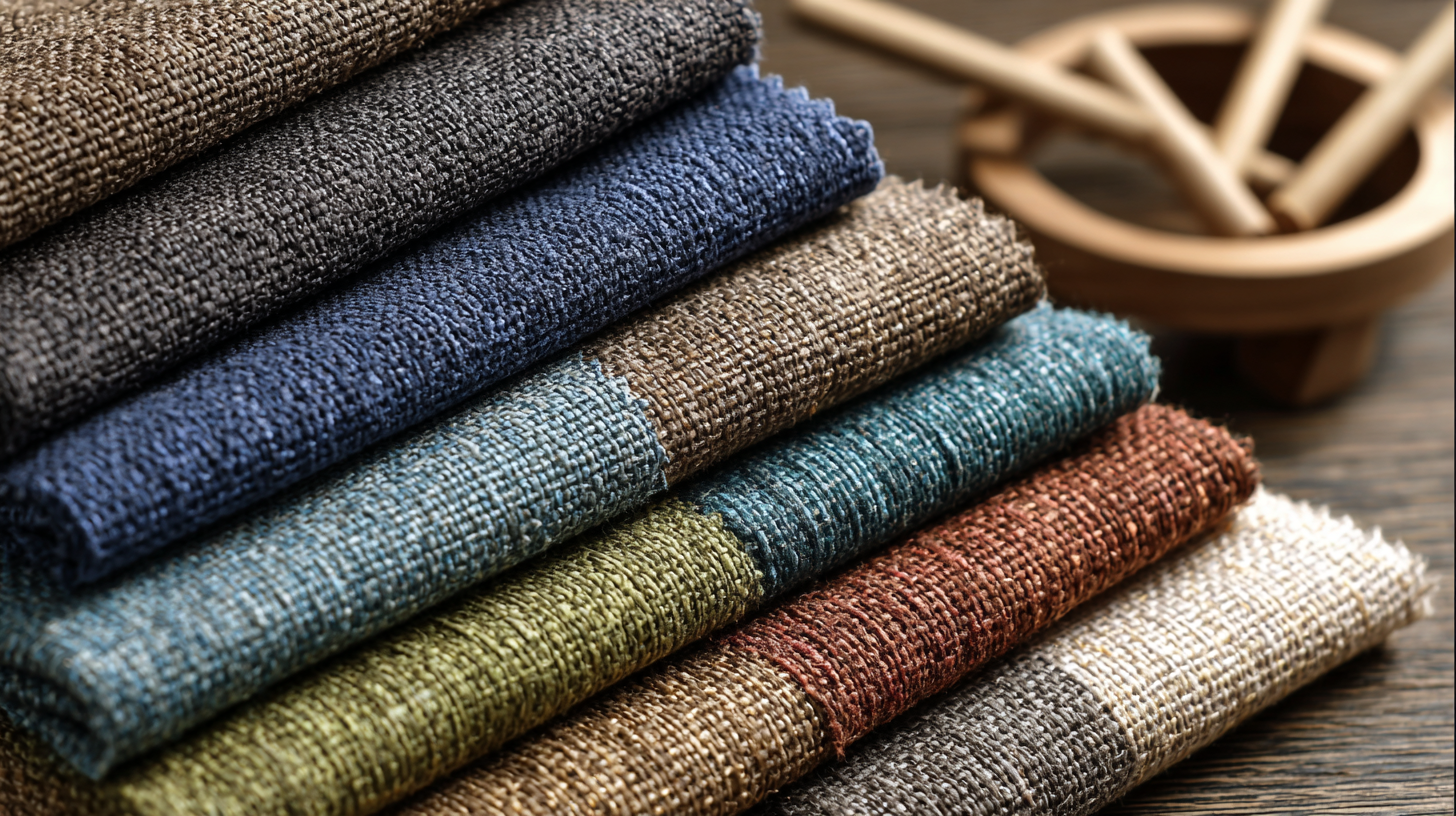
Understanding Sustainable Upholstery Materials: Key Features and Benefits
When it comes to choosing upholstery materials for eco-friendly furniture, understanding the key features and benefits of sustainable options is crucial. Sustainable upholstery materials are often made from renewable resources, such as organic cotton, hemp, or recycled fabrics. These materials not only reduce environmental impact but also ensure that the production processes are often safer for workers and consumers alike. For instance, organic cotton is grown without harmful pesticides or synthetic fertilizers, making it a healthier choice both for the environment and for indoor air quality.
Another significant benefit of sustainable upholstery is its durability. Many eco-friendly fabrics are designed to withstand wear and tear, meaning they can last longer than conventional materials. This not only reduces the frequency of replacement, minimizing waste, but also makes sustainable upholstery a cost-effective option in the long run. Additionally, many sustainable materials offer natural resistance to fading, stains, and allergens, enhancing the comfort and functionality of eco-friendly furniture. By investing in these materials, consumers can make a positive impact on the environment while enjoying high-quality, stylish furnishings.
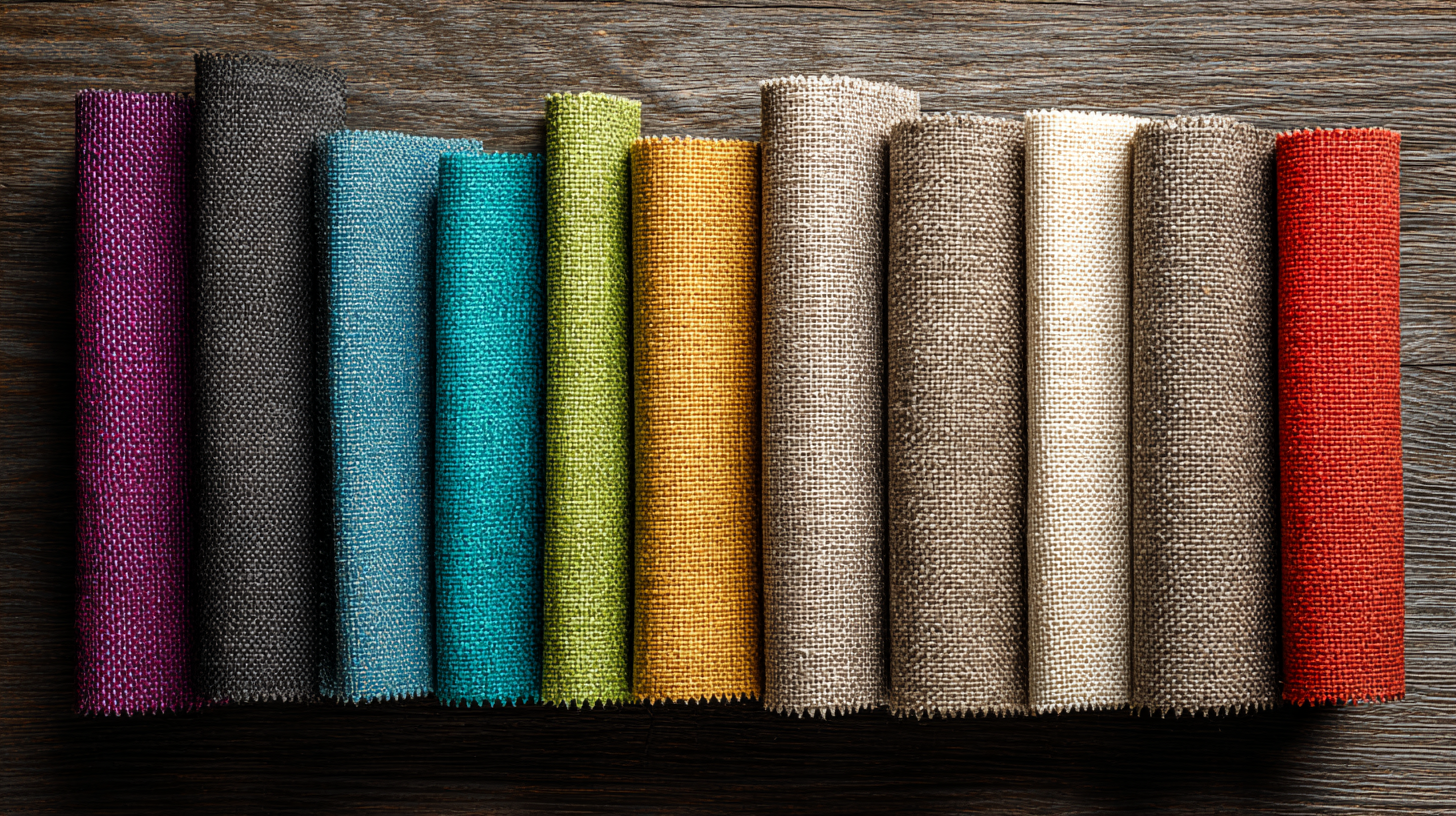
Evaluating the Environmental Impact of Common Upholstery Fabrics
When considering sustainable upholstery supplies, evaluating the environmental impact of common fabrics is crucial. According to a report by the Sustainable Furnishings Council, traditional upholstery materials like polyester and nylon contribute significantly to environmental degradation, primarily due to their reliance on petroleum-based resources. These materials not only require substantial energy for production but also take centuries to decompose in landfills, contributing to long-term waste issues.
In contrast, natural fibers such as organic cotton, hemp, and linen present a more eco-friendly alternative. The Global Organic Textile Standard (GOTS) indicates that organic cotton farming uses 91% less water compared to conventional cotton. Additionally, hemp absorbs more carbon dioxide than it produces, making it a carbon-negative option. Research indicates that upholstery fabrics certified by recognized eco-labels can lead to a 43% reduction in the lifecycle environmental impact compared to conventional options. As consumers become more aware of these impacts, opting for sustainable upholstery materials not only promotes environmental responsibility but also drives demand for innovative, eco-friendly furniture solutions.
Top Certifications and Standards for Eco-Friendly Upholstery Supplies
When navigating the world of sustainable upholstery supplies for eco-friendly furniture, understanding key certifications and standards is crucial. Certifications such as Global Organic Textile Standard (GOTS) and OEKO-TEX® Standard 100 serve as reliable indicators of environmental and social responsibility in fabric production. GOTS ensures that organic fibers are produced in an eco-friendly manner, adhering to strict environmental and toxicological criteria throughout the entire supply chain. Meanwhile, OEKO-TEX® Standard 100 certifies that textiles are free from harmful substances, providing peace of mind for consumers seeking safe and sustainable options.
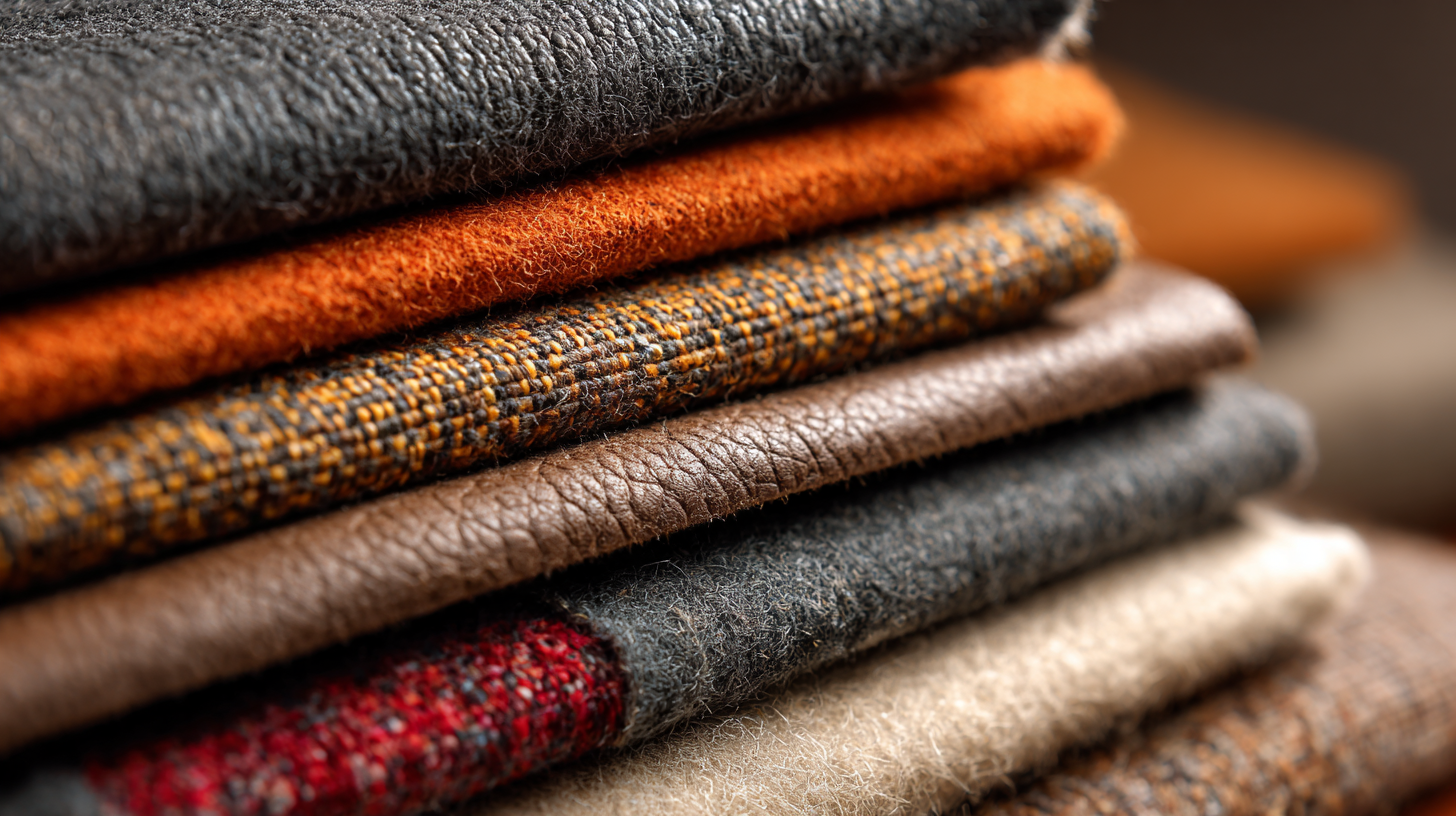
Another significant certification to consider is the Forest Stewardship Council (FSC) label, which ensures that wood-based materials are sourced from responsibly managed forests. This is particularly important for upholstered furniture, as it often includes wooden elements. Additionally, the Cradle to Cradle Certified™ program assesses products based on their environmental impact and material health, encouraging circular design principles. By focusing on these certifications, consumers can make informed choices that not only promote sustainability but also contribute to a healthier planet for future generations.
Innovative Sustainable Upholstery Options: Natural and Recycled Materials
When it comes to creating eco-friendly furniture, the choice of upholstery materials is crucial. Innovative sustainable upholstery options focus on natural and recycled materials, providing both aesthetic and environmental benefits. Natural fibers such as organic cotton, hemp, and linen not only boast durability and comfort but also reduce the reliance on synthetic materials derived from petroleum. These alternatives are biodegradable and often produced with minimal chemical inputs, making them a safer choice for both consumers and the planet.
In addition to natural fibers, recycled materials are gaining popularity in the upholstery market. Fabrics made from post-consumer plastics, such as recycled PET, are an excellent example of giving new life to waste while maintaining high performance. These materials often mimic the look and feel of traditional upholstery, offering versatile design options without compromising on sustainability. By choosing upholstery supplies that leverage both natural and recycled resources, manufacturers and consumers alike can contribute to a more sustainable furniture industry, promoting a circular economy and reducing environmental impact.
The Ultimate Guide to Choosing Sustainable Upholstery Supplies
This chart illustrates the distribution of various sustainable upholstery options, highlighting the importance of natural fibers and recycled materials in eco-friendly furniture production.
Choosing Upholstery Supplies: Balancing Aesthetics, Durability, and Sustainability
When selecting upholstery supplies for eco-friendly furniture, achieving the right balance between aesthetics, durability, and sustainability is crucial. According to a 2021 study by the Sustainable Furnishings Council, approximately 70% of consumers are willing to pay more for sustainable products. This consumer shift indicates the increasing demand for materials that not only look good but also leave a minimal environmental footprint.
Opting for natural fibers like organic cotton, linen, or hemp can enhance the visual appeal of furniture while ensuring that these materials are biodegradable and sourced responsibly.
Durability is another essential aspect to consider when choosing upholstery supplies. A report from the Textile Exchange highlights that sustainable textiles can be just as durable as conventional ones, with many eco-friendly options like recycled polyester demonstrating exceptional resilience. This durability not only extends the life of the furniture but also reduces waste in the long run.
By combining stylish designs with high-quality, sustainable materials, consumers can create furniture pieces that are both environmentally conscious and visually striking, showcasing their commitment to sustainability in the home.
Related Posts
-

Ultimate Guide to Choosing the Right Furniture Upholstery for Your Home
-
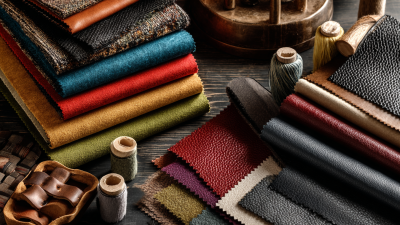
Ultimate Guide to Choosing the Best Furniture Upholstery Material
-
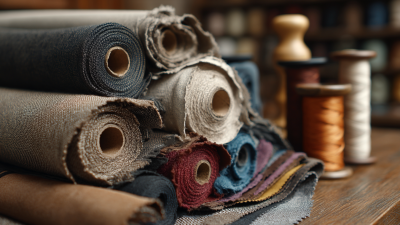
7 Essential Upholstery Supplies You Need for Every Project
-

Advantages of Utilizing Sustainable Furniture Upholstery for Your Home
-
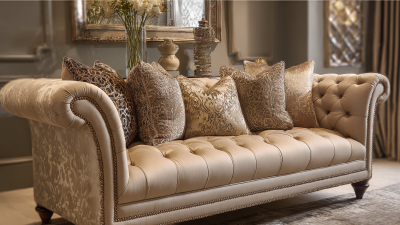
The Ultimate Guide to Choosing the Perfect Sofa Upholstery for Your Home
-
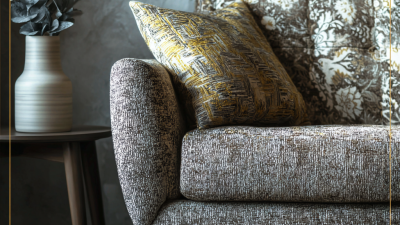
What is the Role of Designer Upholstery Fabric in Enhancing Home Aesthetics and Durability
